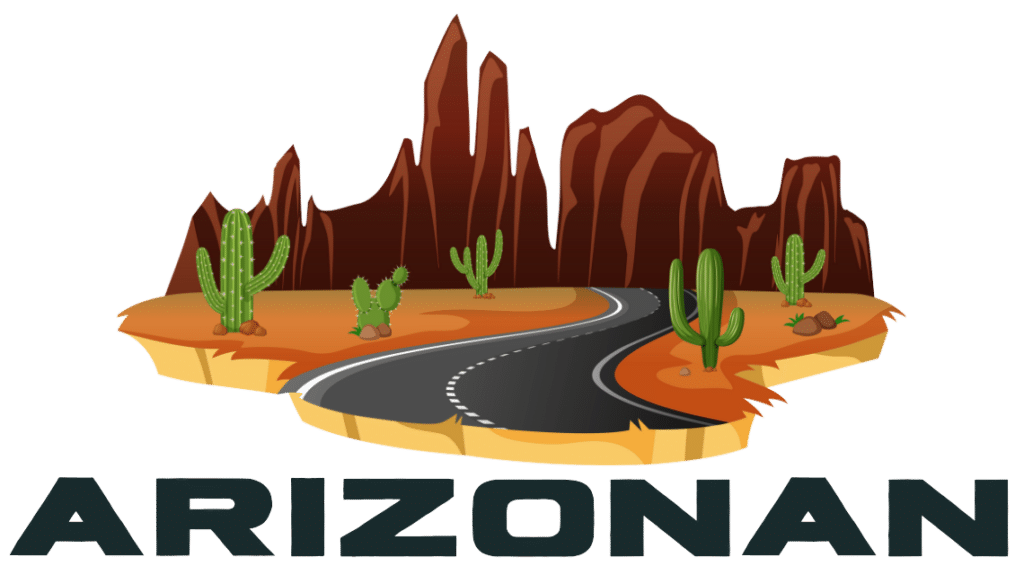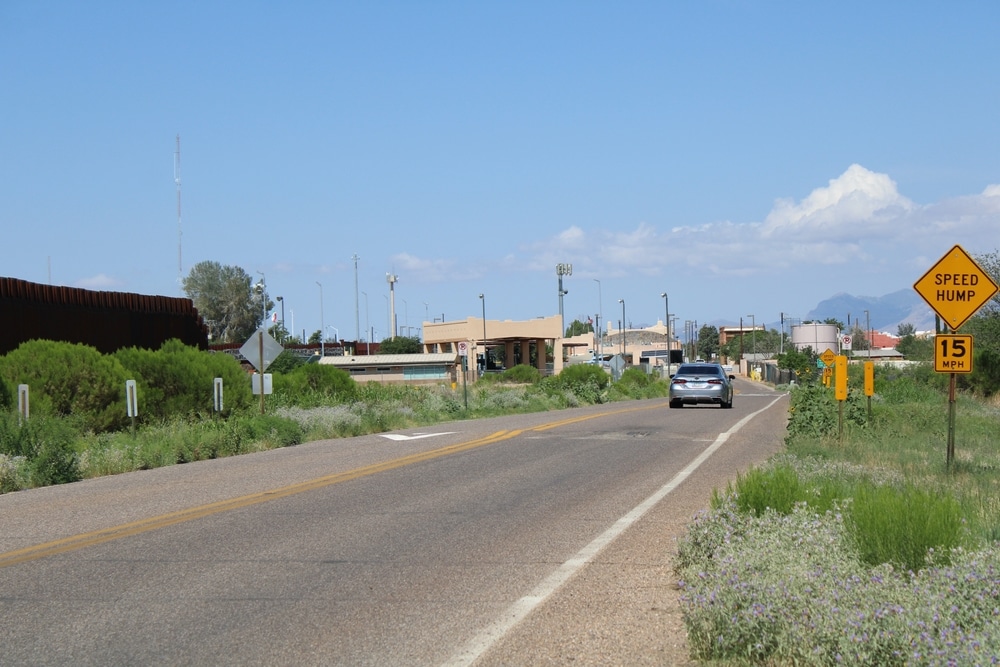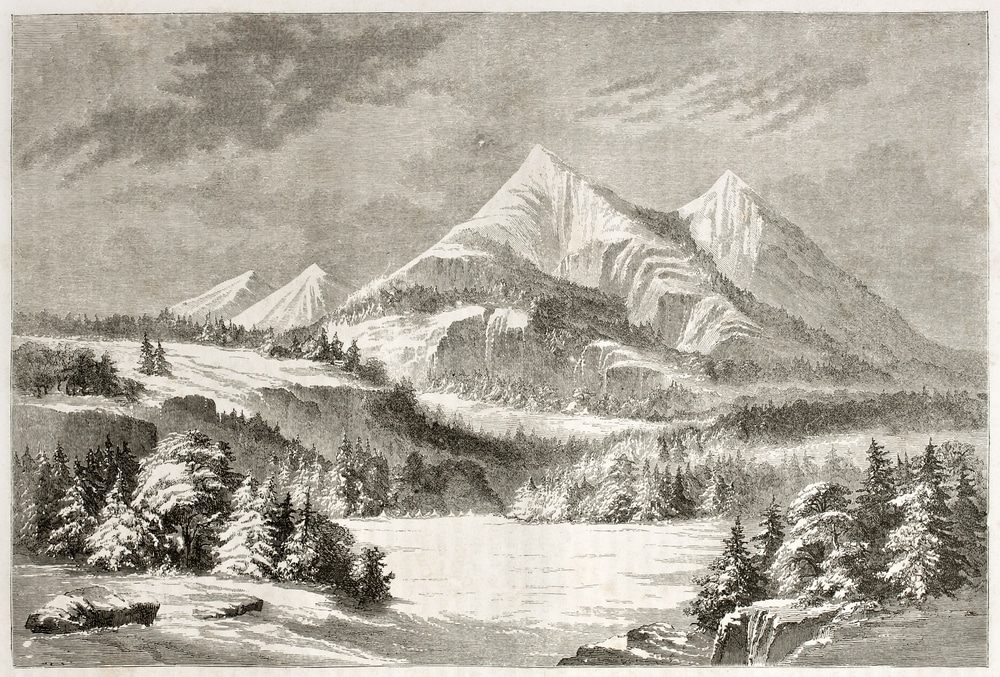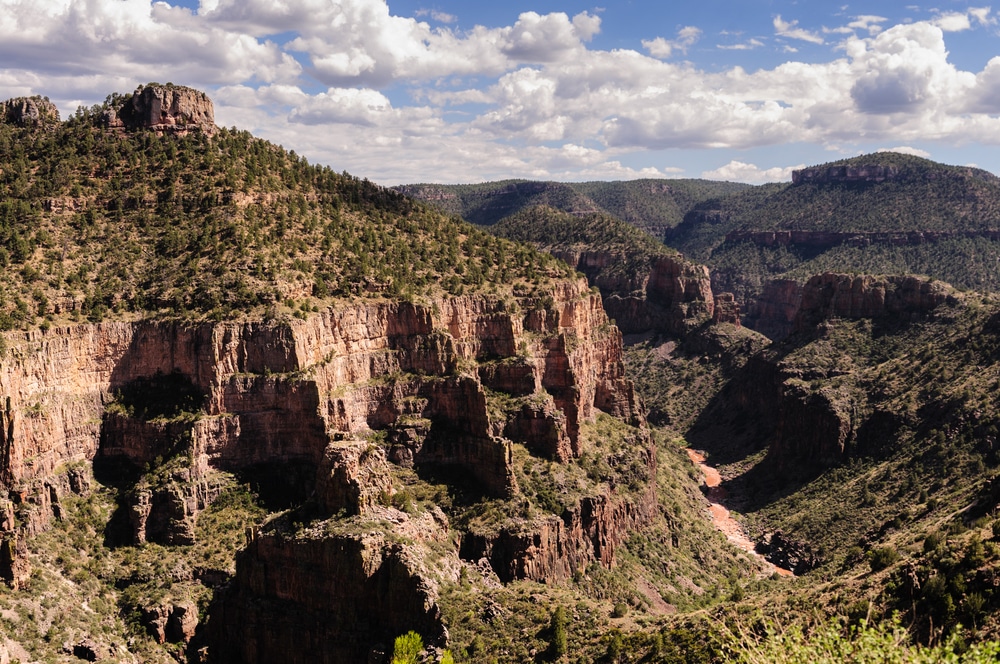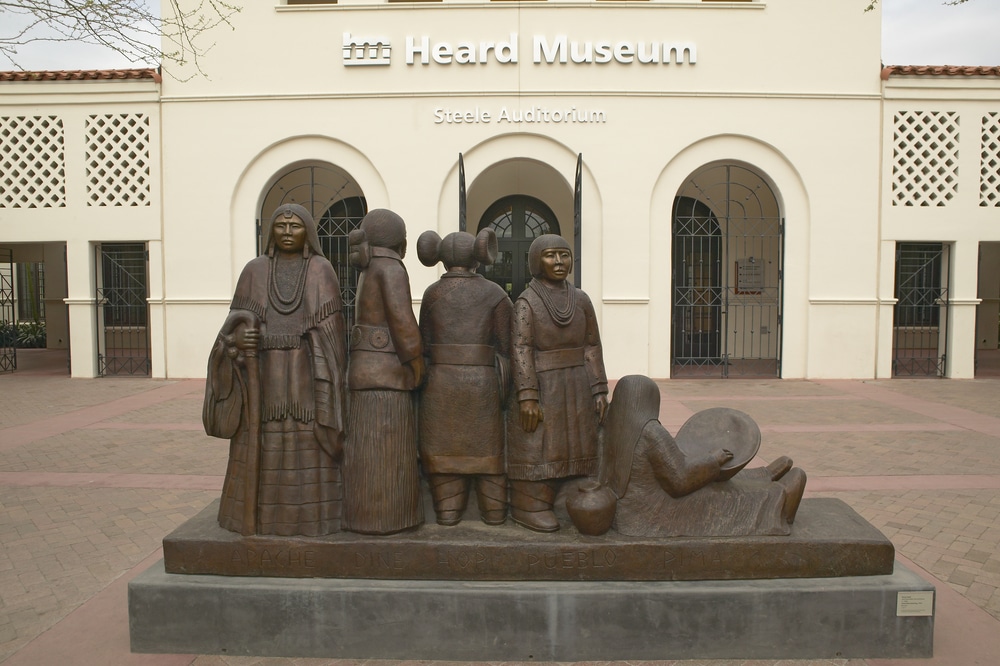The morning of April 6, 1929, started like any other in the sleepy border town of Naco, Arizona—until the drone of airplane engines filled the desert sky. Within moments, explosions rocked both sides of the international fence as rebel pilots fighting in Mexico’s Cristero War began dropping homemade bombs, making this dusty outpost the only place in the continental United States to suffer an aerial bombardment by a foreign power. What followed was a surreal chapter in borderlands history that saw American citizens dodge shrapnel while selling lemonade to spectators who gathered to watch an actual war unfold just yards from U.S. soil.
A Town Divided by More Than a Border
Naco wasn’t just one town—it was two communities sharing a name, separated by an international boundary that in 1929 was marked by little more than a fence you could shake hands through. Naco, Sonora, on the Mexican side, bustled with nearly 5,000 residents, while Naco, Arizona, housed just 700 souls who made their living from the copper mines, cattle ranches, and cross-border commerce that defined life in Cochise County.
The Cristero War Context
The roots of the 1929 siege traced back to Mexico’s bloody Cristero War, a conflict that erupted when President Plutarco Elías Calles enforced anti-clerical laws that restricted Catholic worship. By early 1929, the violence had spread to Sonora, where federal forces loyal to Calles clashed with Catholic rebels known as Cristeros. When rebel forces under the command of General José Gonzalo Escobar occupied Naco, Sonora, they unwittingly set the stage for an international incident that would captivate newspaper readers from Bisbee to Boston.
The Siege Begins
The federal forces, led by General Abelardo Rodríguez (who would later become President of Mexico), surrounded the town with 3,000 troops. What made this siege unique wasn’t just its proximity to the United States—it was the rebels’ decision to employ a small air force of American-made biplanes piloted by mercenary aviators, including several U.S. citizens lured by promises of adventure and peso-filled paydays.
The Bombing Campaign Begins
Patrick Murphy, a barnstorming Irish-American pilot from California, led the rebel air operations from a makeshift airfield near Naco. His “squadron” consisted of four biplanes loaded with homemade bombs—usually dynamite wrapped in newspapers or stuffed into suitcases. The pilots’ bombing accuracy left much to be desired, as Captain W.P. Webb of the U.S. Army’s 10th Cavalry Regiment stationed at nearby Camp Harry J. Jones would later testify: “They couldn’t hit a bull in the backside with a bass fiddle.”
American Casualties
This poor marksmanship had serious consequences for American citizens. On April 6, the first bombs meant for federal positions in Naco, Sonora, instead exploded on the Arizona side. Windows shattered along International Street, and shrapnel peppered buildings throughout the American town. The Phelps Dodge Mercantile Company store took a direct hit, though miraculously no one was killed in the initial attacks.
War Tourism
As word spread of the unusual conflict, an extraordinary phenomenon developed. Tourists began arriving by automobile and train to witness the war firsthand. The Southern Pacific Railroad even added special stops so passengers could observe the fighting. Enterprising Naco residents set up refreshment stands, selling cold drinks and sandwiches to spectators who lined the border fence with binoculars and cameras. Local boy Arthur Woodward, who would later become a respected archaeologist, recalled selling lemonade for a nickel a glass to tourists who treated the siege like a sporting event.
International Incidents and Diplomatic Tensions
The situation grew more serious as errant bombs continued falling on American soil. The U.S. State Department filed formal protests with Mexico City, while the 10th Cavalry established observation posts and prepared to defend American territory. Colonel Francis C. Marshall arrived to take command of U.S. forces, setting up headquarters at the Naco Hotel where journalists from major newspapers had also established their base of operations.
The Murphy Incident
One of the most dramatic incidents occurred when Murphy’s plane, damaged by federal ground fire, crash-landed on the Arizona side of the border. U.S. authorities arrested Murphy, but the swashbuckling pilot’s detention became a circus unto itself. Sympathetic Americans, including some prominent Tucson businessmen who opposed the Mexican government’s anti-Catholic policies, rallied to his defense. Murphy was released on bail and promptly disappeared—only to resurface flying for the rebels again within days.
Escalating Violence
The siege took a tragic turn when stray bullets and bomb fragments began claiming American victims. Several U.S. soldiers were wounded, and civilians suffered injuries from flying glass and shrapnel. The most serious incident occurred when a bomb intended for federal artillery positions instead destroyed several homes on the Arizona side, injuring multiple residents including a young child.
The War’s Strangest Theater
As the siege dragged on through April and into May, life in Naco, Arizona, adapted to the bizarre circumstances. School children practiced air raid drills—the first in American history. Merchants moved their goods away from south-facing windows. The post office relocated its operations to a building deemed safer from errant explosives. Yet business boomed as journalists, soldiers, government officials, and tourists kept hotels, restaurants, and shops busier than they’d been since the copper mining heyday.
Aerial Showmanship
The rebel pilots, frustrated by their inability to dislodge federal forces, grew increasingly reckless. They began dropping their bombs from lower altitudes, sometimes swooping so close to the ground that American spectators could see the pilots’ faces. One aviator, an American named Mike Sullivan, would wave to the crowds before releasing his payload—a bit of showmanship that nearly caused an international crisis when one of his bombs landed just yards from a U.S. Army encampment.
Strategic Positioning
General Rodríguez, the federal commander, proved both tactically shrewd and diplomatically sensitive. He positioned his forces to use the international border as a shield, knowing the rebels couldn’t attack from the north without violating U.S. sovereignty. He also maintained cordial relations with American military officials, even allowing U.S. Army observers to visit his positions to verify that federal forces weren’t responsible for damage to American property.
The Siege Ends, But Memories Endure
By late May 1929, the rebel position in Naco had become untenable. Running low on ammunition, food, and morale, General Escobar’s forces began deserting in large numbers. Many rebels simply walked across the international line and surrendered to U.S. authorities, who interned them at Camp Harry J. Jones before eventual repatriation to Mexico.
Murphy’s End
The air raids ceased as dramatically as they had begun when Patrick Murphy’s luck finally ran out. Shot down by federal forces during a bombing run, Murphy died in the crash of his biplane on Mexican soil—a mercenary’s end to a peculiar chapter in aviation history. The remaining rebel pilots fled, and federal forces peacefully occupied Naco, Sonora, on May 31, 1929.
Final Tally
In total, the siege had lasted nearly two months, during which more than 150 bombs fell on or near American soil. Miraculously, no U.S. citizens died, though property damage was extensive and the psychological impact on border residents lasted for years. The U.S. government presented Mexico with a bill for $423,000 in damages—a claim that remained unresolved for decades.
Modern Connections to a Forgotten War
Today, visitors to Naco, Arizona—now home to just over 1,000 residents—can still find traces of this extraordinary episode. Several buildings along International Street bear scars from the 1929 bombardment, their pockmarked walls serving as silent testimony to the days when war literally arrived on America’s doorstep. The old Phelps Dodge Mercantile building, though renovated, stands at the corner of International Street and Naco Highway, its thick adobe walls having absorbed both bombs and bullets.
Museum Collections
The Bisbee Mining & Historical Museum, located just 8 miles northwest in the historic copper mining town of Bisbee, maintains an extensive collection of photographs, newspaper accounts, and artifacts from the siege. Their archives include letters written by Camp Harry J. Jones soldiers describing the surreal experience of watching aerial combat while stationed on American soil. The museum’s oral history project has preserved interviews with several Naco residents who witnessed the bombardment as children, their accounts providing vivid details of daily life during the siege.
Annual Commemorations
Each year, the Cochise County Historical Society sponsors lectures and presentations about the bombing of Naco, often timing these events to coincide with the April anniversary of the first air raids. Local historian Dr. Thomas Sheridan of the University of Arizona has extensively documented the siege, placing it within the broader context of U.S.-Mexico border relations during the tumultuous 1920s.
Contemporary Relevance
The incident also resonates with contemporary border security discussions. The 1929 siege demonstrated both the porousness of the international boundary and the complex relationships that exist in border communities. Modern Naco remains a port of entry, though today’s fortified border bears little resemblance to the simple fence that Patrick Murphy’s bombs so easily overflew.
Preserving the Memory
The Fred Lawrence Whipple Observatory’s visitor center in nearby Amado features an unexpected exhibit on the bombing, connecting the 1929 air raids to the development of aviation in the Southwest. The display includes period photographs of the biplane bombers and maps showing where bombs fell on U.S. soil—a sobering reminder that aerial warfare once visited the Arizona desert.
Local Preservation Efforts
Local efforts to commemorate the siege have gained momentum in recent years. The Naco Heritage Alliance, formed in 2018, works to preserve both physical sites and oral histories related to the bombardment. They’ve installed interpretive signs at key locations around town and developed a self-guided walking tour that takes visitors past buildings damaged in the raids. The Alliance also maintains relationships with historical organizations in Naco, Sonora, promoting cross-border understanding of this shared history.
Academic Archives
The University of Arizona’s Special Collections holds the papers of several journalists who covered the siege, including vivid firsthand accounts that capture both the danger and absurdity of the situation. Reporter Harold Weight of the Arizona Daily Star wrote: “It was like watching a movie, except the bullets were real and the bombs shook dust from the ceiling of your hotel room.”
A Legacy Written in Adobe and Memory
The 1929 bombing of Naco stands as more than just a historical curiosity—it represents a unique moment when international conflict literally spilled across America’s borders. The siege demonstrated the interconnectedness of border communities, the role of American mercenaries in foreign conflicts, and the fine line between spectacle and tragedy that often characterizes war.
For modern visitors, Naco offers a chance to stand where history happened, to touch walls scarred by bombs, and to reflect on how this remote corner of Arizona became, however briefly, the focus of international attention. The town that once sold lemonade to war tourists now invites a different kind of visitor—those seeking to understand the complex, sometimes violent, always fascinating history of the American borderlands.
As you drive down Highway 92 toward Naco, the Mule Mountains rising to the west and the San Pedro Valley stretching eastward, it’s hard to imagine biplanes dropping bombs on this peaceful landscape. Yet the evidence remains, written in adobe and preserved in memory, waiting for those curious enough to seek out the story of the day war came to Arizona.
Visit the History
Historic Sites and Museums
📍 Naco Historic Sites
- Location: International Street, Naco, AZ 85620
- 🚗 Directions: 8 miles southeast of Bisbee via AZ-92
- Features: Self-guided walking tour of bombing sites
📍 Bisbee Mining & Historical Museum
- Address: 5 Copper Queen Plaza, Bisbee, AZ 85603
- 📞 Phone: (520) 432-7071
- 🌐 Website: bisbeemuseum.org
- 🕒 Hours: Daily 10 AM – 4 PM
- 💰 Admission: $8 adults, $7 seniors, $5 students, free for children under 16
- ♿ Accessibility: Museum fully accessible; some historic sites in Naco have limited accessibility
📍 Cochise County Historical Society
- Address: 1112 Curtis Avenue, Bisbee, AZ 85603
- 📞 Phone: (520) 432-5421
- 🌐 Website: cochisecountyhistoricalsociety.org
- 📚 Research Library: By appointment only
Additional Resources
📚 Further Learning: For those seeking deeper knowledge about the bombing of Naco, the University of Arizona Press publication “Border Conflict: Villistas, Carrancistas, and the Punitive Expedition, 1915-1920” by Joseph A. Stout Jr. provides essential context. The Cochise County Historical Society offers quarterly lectures on regional history, including sessions on the 1929 siege. Online researchers can access digitized newspaper accounts through the Library of Congress’s Chronicling America project, which includes contemporary coverage from the Bisbee Daily Review and other regional papers.
